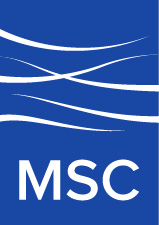MSC Chats with Errika Moore, Executive Director of STEM Funders Network (SFN), about Representation, Positive Influence, and Changing the Things She Can’t Accept
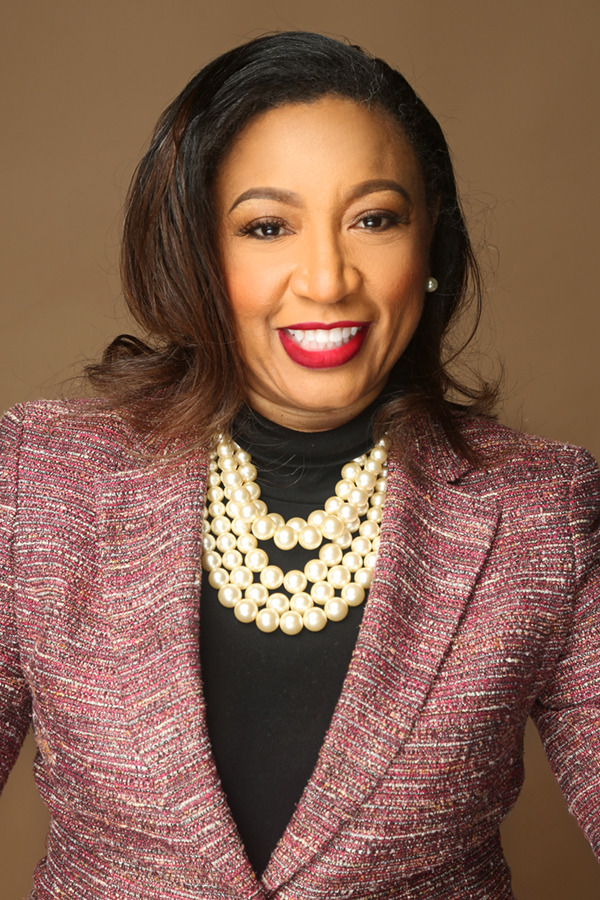
The battle for representation is not over. While it may be more common to see women or people of color in levels of leadership across all sectors, a recent Pew research study found the representation of women lags across STEM — science, technology, engineering, and math — occupations. Likewise, Black and Hispanic workers continue to be underrepresented in computing jobs, despite significant growth in recent years. In fact, after 48 years of active efforts and initiatives, only 2.5% of STEM deans at colleges and universities are Black.
Our partners at STEM Funders Network (SFN), led by Executive Director Errika Mallett Moore, understand that representation matters. She told us that if she didn’t share her story, BIPOC STEM students “would be unaware of their connectivity and the common thread in me and others like me.” That conviction helps ensure that students see teachers and faculty who resemble them. Moore — who recently celebrated five years with the Forbes Nonprofit Council — has been a lifelong STEM education champion, a change agent, and is now contributing editor for STEM Magazine, the world’s most read STEM educator resource.
Movement Strategy Center (virtually) sat down with Errika Moore, where she talked about the folks who have supported her and the crucial need to advocate for equity in the entire Pre-K and K–12 continuum. Read on for more.
This interview has been edited for length and clarity.
MSC: Congratulations on SFN’s new role as contributing editor of STEM Magazine. How did it come about?
EM: This partnership is a reflection of nurturing and staying committed to lasting relationships. I was first introduced to STEM Magazine by the Technology Association of Georgia. From 2018 to 2019 I served as the editor for Georgia Pathways, a regionalized by-product of the STEM Magazine franchise. Based on my connection with the magazine publisher, Wayne Carley, we discussed the opportunity for a partnership between the national magazine and SFN. I appreciate the quality he provides as a publisher, his intentionality, his focus on details, and the breadth and depth of his existing relationships with NASA, MIT, and NASCAR. He has an ideal platform, reaching 325,000 definitive subscribers.
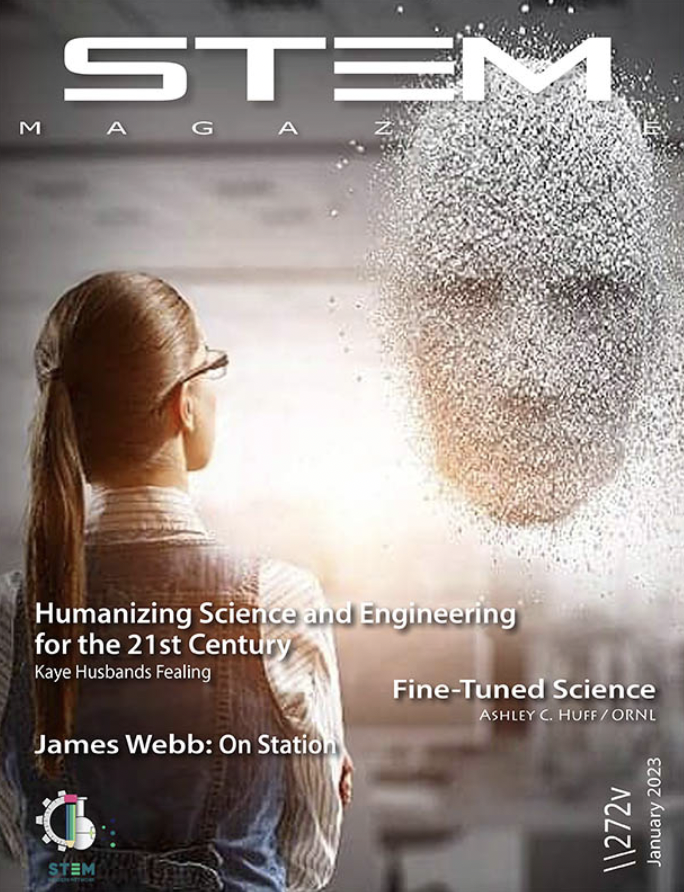
MSC: You have a lengthy history of volunteering. Why is volunteering so important to you? Can you share some of your memories of volunteering?
EM: My parents, Cleve and Pat Warren, taught me at a very young age that you are blessed to be a blessing. Regardless of your status. Regardless of what you do — or don’t — have, you always have the opportunity to give back and to do what you can to make the world a little bit better for someone else.
Being a change agent has been my life’s charge since high school. During my senior year, I was president of the Urban League and went to Europe for the first time with the Girl Scouts. I recently reconnected with the Girl Scouts, where I met one of my mentees, Samyukta Iyer, participating in a Girl Scouts program called Camp CEO. I grew up in a village, an environment that reinforced the message of paying it forward and that you were created to do something for others.
MSC: What informs where you spend your time?
EM: In college, a circuits Professor told me (at the time, I was the first and only Black woman in the computer engineering program) that “Black women have no business in engineering.” To say it upset me is an understatement. But more importantly, it inspired me. Thirty years after that incident, STEM advocacy for underrepresented women is still my focal point.
Eight years ago, a close friend encouraged me to join a board focused on early education — at that time, I had an epiphany — how can I call myself a STEM education advocate and not be equally committed to early education? A student can’t read to learn if they don’t first learn to read. I learned more about the disparities in early education and the economic impact and opportunities when we ensure equitable early education.
I’ve had access to phenomenal opportunities. But I recognize that this is a different trajectory for most working class families or definitely for those from under-resourced communities. Therefore, I’ve been committed to equity of opportunity for years. I’ve witnessed too many disparities in our ecosystems to be okay with things as they are … Sometimes that means being a disrupter or speaking truth to power. I’m okay with both, even when others have sought to penalize me for doing so.
"I've witnessed too many disparities in our ecosystems to be okay with things as they are … Sometimes that means being a disrupter or speaking truth to power. I'm okay with both, even when others have sought to penalize me for doing so."
MSC: As a champion for mentorship opportunities, can you share a bit about the mentors who were most influential in your life?
EM: Dr. Augustine Esogbue and Dr. Gary May are two trailblazing STEM higher education leaders who have paved the way and continue to teach others how you reach back and bring others forward. Dr. May was an integral part of the success of the Georgia State program called Focus and is responsible for developing ten deans of color in STEM.
My first boss, Alex Shootman, at IBM, who has been a champion for DEI in technology 20 years before it became trendy; he’s the epitome of allyship, and continues to be a friend to this day.
Lastly, Pat McCraken and Viola Maxwell-Thompson. Both have been my bosses and are two amazing women leaders in technology who’ve led with phenomenal strength and compassion. Viola shared the most encouraging conversations about the challenges of childcare, which led me to decide to become a stay-at-home parent. Pat centered my humanity, not just as an employee, all before the “Girlboss” and “Lean In” movements.
My mentors are gracious, empathic, and supportive. They are formidable, phenomenal thought partners that allowed me to support students and young professionals in continuing the thread … My goals are to live up to their standards.
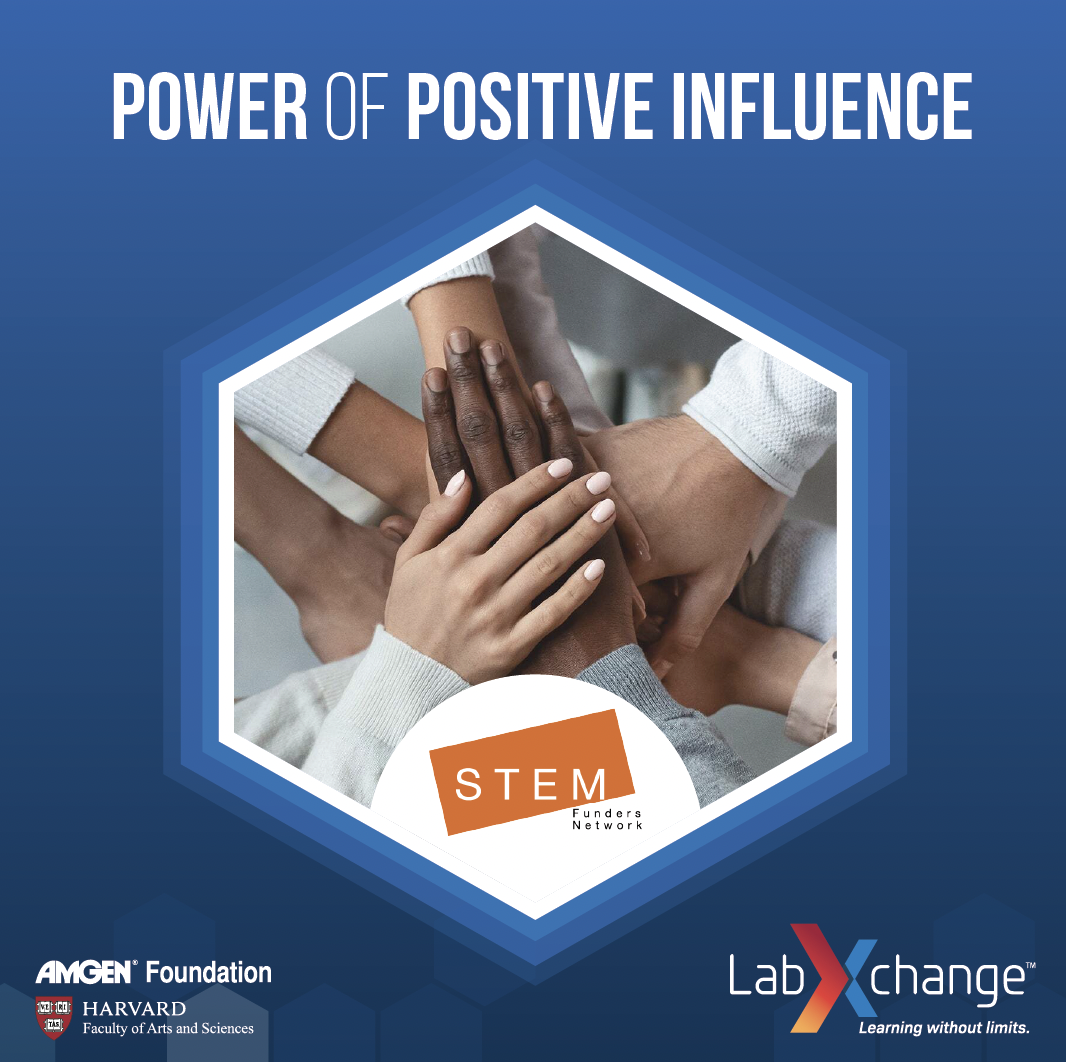
MSC: You note “the purpose of life is to live a life of purpose” as one of your mantras. What made the Power of Positive Influence webinars purposeful to you?
EM: Through the Power of Positive Influence (PPI) series, we hope to uplift and amplify impactful initiatives, inspire and influence collective movement within STEM philanthropy, and serve as a change agent in creating a more equitable STEM ecosystem. When we take on new roles, we should start with the end in mind. Philanthropic transformation must happen in our lifetime and reflect trust based philanthropy and strategic partnerships between funders and grantees. I hope my legacy in this role at the end will be the opportunity to influence philanthropic transformation via platforms like the Power of Positive Influence.
MSC: “I’m no longer accepting the things I cannot change; I’m changing the things I cannot accept,” by Angela Davis, is another mantra. What are the things you want to change through your leadership at SFN?
EM: SFN will change how people understand the relevancy of Representation Matters. We hope to change how funders look at the cradle to career STEM continuum holistically — regardless of where their investment strategies are positioned on the continuum — and that they’ll embrace the interdependencies within the continuum.
The historical power dynamics between funders and grantees have, unfortunately, been empowered and enabled for hundreds of years. Representation [is important] not only for students but for the invisible disparities that exist in equitable representation for K–12 teachers, higher education faculty, and higher education administrators. The funding community has yet to acknowledge — at an impactful scale — that if we don’t impact this aspect of representation, it’s challenging to impact the student aspect.
Technology executives of color only represent 6% of the population, and women of color technology executives are just 2%. Phenomenal organizations and programs are working to make a difference.
MSC: Can you share more about the Representation Matters initiative? Can we ever have too much representation? One of the tactical focus areas mentioned is “Connecting the Representation Data Between Education, Nonprofit, and Industry.” What are the gaps that need to be closed?
EM: As a black female engineer in 2023, statistically, my profile is an anomaly. That’s a travesty. The reality is we will never reach too much representation status. Despite efforts to increase diversity in STEM fields, there is a lack of representation of Black and female people in technology leadership positions. After 48 years of active efforts and initiatives, Black STEM deans only represent 2.5% of the STEM deans. Technology executives of color only represent 6% of the population, and women of color technology executives are just 2%.
Phenomenal organizations and programs are working to make a difference. The missing link is literally a missing link … Our education experts from the President’s Advisory Board and Dean Council have told us through their own lived experience and professional focus that currently, there isn’t a centralized, synergistic source for connecting one program to the next — or connecting the historical trajectory of a student from one program to the next.
Short of others sharing their stories, how do we know we’re making a difference if we’re not tracking the data and not sharing the information? How are we statistically and holistically measuring our collective impact? And if we can’t answer this question, how can we say that we believe representation matters? SFN is trying to encourage funders to see the interdependencies that exist in all of these relationships.
MSC: How does SFN persuade funders to invest in representation?
EM: SFN plans to announce a project to generate a study, tools, and collaboration that will analyze and organize data that clearly shows which areas of STEM programs advance students’ lives the most during the National Society of Black Engineers (NSBE) annual conference in March 2023. Multiple engineering associations will show up, including Native American, Hispanic, and women. This resource will guide funders to identify the most equitable and impactful ways to engage with our community and is meant to challenge traditional philanthropy.
Last year, SFN launched a deans’ advisory council that works with minority administrators at predominantly White institutions. Specifically, their unique journeys provide tremendous insight because of their commitment to their higher education students and the K–12 space. And they’re leveraging that insight to impact the next generation of students and leaders positively. Funders need to hear from minority deans who have had the lived experience and have taken initiative to pay it forward and not wait for funding to happen.
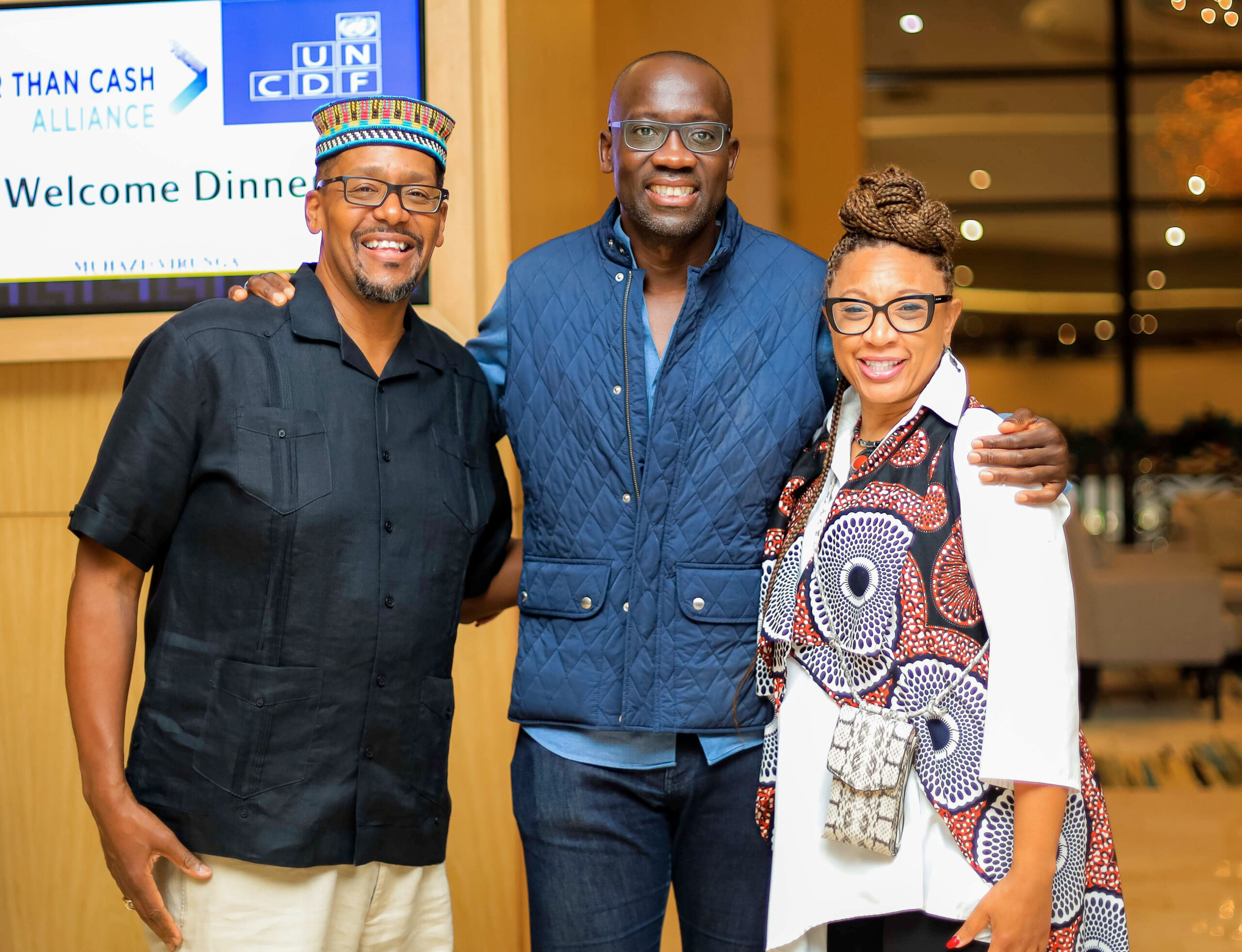
MSC: We heard a bit about your husband’s work and your recent visit to Rwanda, where you met with President Paul Kagame. Tell us a bit about that experience.
EM: I’ve always admired my husband, S. Gordon Moore, Jr., for his impact on hundreds of students and how he’s influenced systemic change without always receiving the credit.
At the invitation of Dr. Acha Leke, Chairman of McKinsey’s Africa region, my husband and I spent a week in Rwanda [the three met at the Georgia Institute of Technology (Georgia Tech)]. Rwanda is evolving, and the significant history of genocide has left a generational stain on the country … Even out of devastation, what can we learn from a country who has been historically exploited? Many are unfamiliar with the amount of development that has happened and the intentionality around all of that.
We sat next to [Paula Ingabire, the country’s Minister of Information and Communications Technology and Innovation] at the president’s luncheon and learned about the $250 million investment from MasterCard, received by African Leadership Academy and University, where students align their mission with a major, then work backward from there. We can share these innovative ideas with our community, and do things differently.
Despite the ongoing struggle for representation and equity, Moore has faced these challenges with grace and determination and is a role model for all of us. She has positively impacted many people’s lives and is an inspiration for what can be achieved through hard work, perseverance, and community support. How has Errika’s story inspired you? Let us know in the comments and share her story.
Curious to learn more about players in our ecosystem? Read more at the Move Blog.

